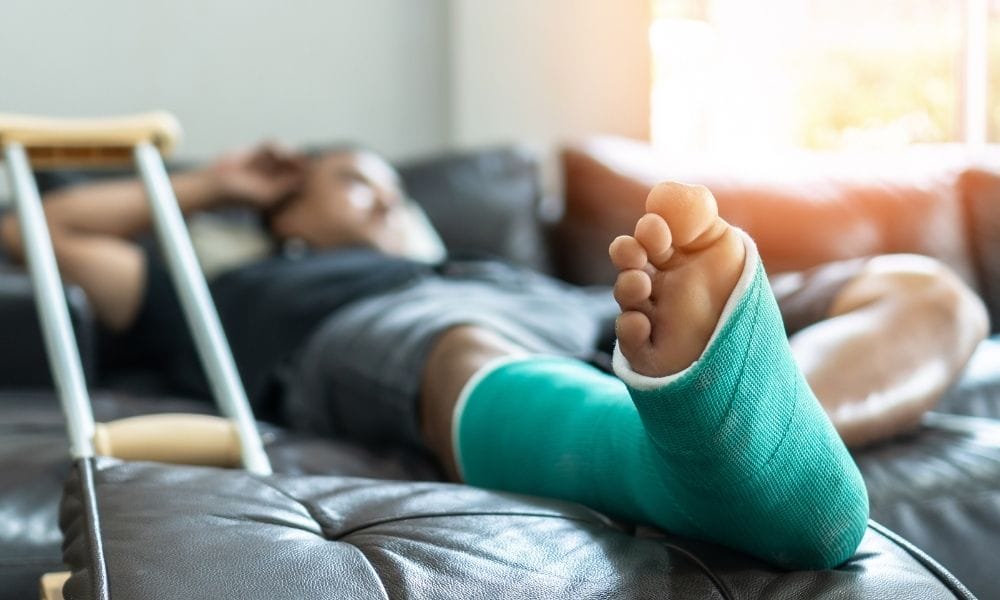Home healthcare agencies face many challenges, from finding qualified candidates for positions to COVID concerns. Burned out nurses, nursing assistants, aides, and other hospital-based workers are leaving their jobs in droves.
Some may seek home care positions as a bridge while deciding their next step. But homes are very different environments than hospitals or clinics: home care agencies should inform even experienced healthcare workers about common home healthcare worker injuries and how to avoid them. Agencies must provide safe workplaces for employees, including training on how to avoid injury.
Musculoskeletal Injuries
Home care workers are especially vulnerable to sprains and strains, primarily from lifting and positioning patients. Although patients and their family members can sometimes be resistant to installing assistive technologies like hoists, this equipment can prevent home healthcare workers from sustaining lifting injuries.
Slip and Fall Injuries
Home healthcare workers enter a completely unfamiliar environment with few, if any, of the safety measures that are standard in hospitals and medical offices. Slip and fall injuries are among the most common home healthcare worker injuries. How does one avoid them? Remind home healthcare aides of slip and trip risks like area rugs, electrical cords, slippery floors, and icy walkways. Counsel them to heighten their awareness of their surroundings. They may enter cluttered homes in disrepair, with elderly patients unable to keep up with home maintenance. This can create hazards from loose railings to broken glass, and even sagging floors. Home care aides should walk carefully and be aware of any physical hazards.
Infectious Injuries
Home care workers who share patient care with family members are working with non-professionals who may not be trained in proper infection control. Family members may dispose of used medical supplies improperly, leading to needle sticks or encounters with infectious body fluids. This can lead to needle stick injuries, or even encounters with infectious body fluids. Home healthcare workers should be empowered to educate willing family members on proper infection control measures. They should also be supplied with personal protective equipment like gloves, gowns, and masks, as well as appropriate disposal containers for sharps and biohazards that both the aide and the family can use.
Animal Injuries
Pets are naturally suspicious of newcomers. Home healthcare workers shouldn’t attempt to pet family dogs, cats, or other animal companions. Pets that seem friendly can turn on a dime if they perceive a threat, and they may perceive proximity to the patient, or touching the patient, as a threat. Agencies should establish rules and procedures for how clients are to control their animals when an aide is in the home.
Violence
Sadly, a growing percentage of home healthcare workers report being the victims of violence while on the job. According to the National Employment Law Project, nearly half of the reported incidents arise from the actions of patients. Other concerns are neighborhood violence, the presence of guns in the home, or threatening behavior from family members.







